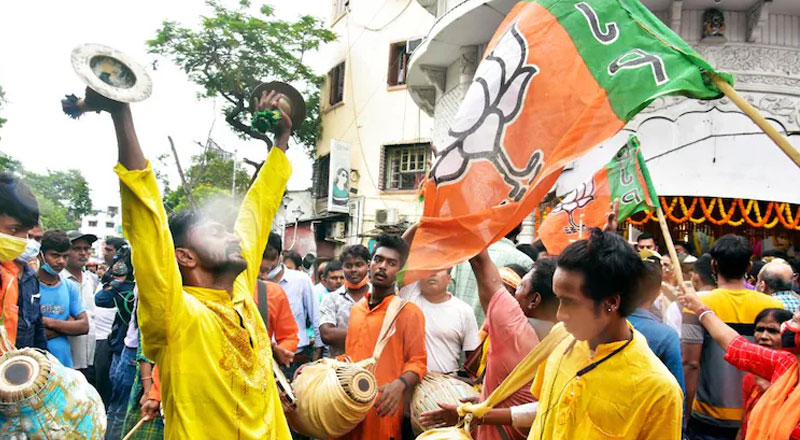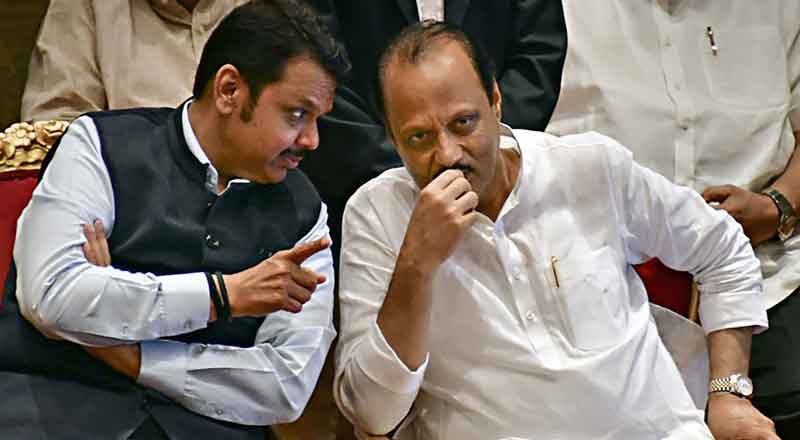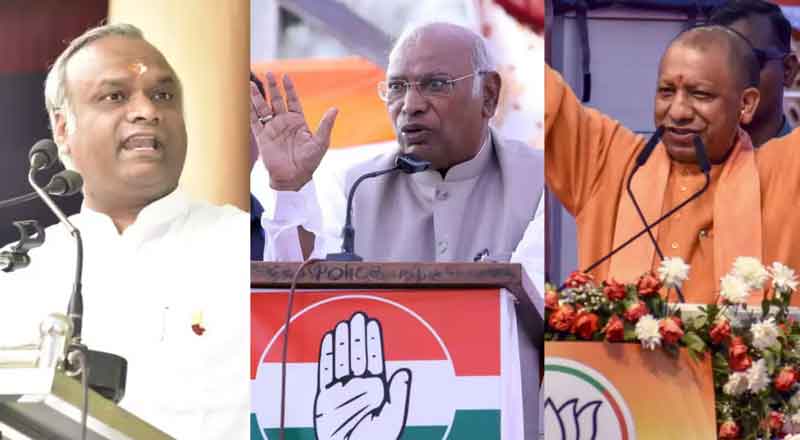The party aims to reassure voters that despite the string of electoral defeats since the 2021 assembly poll loss, Bengal remains key to its national plans
A series of electoral setbacks, starting with a wipeout in the bypolls to seven assembly seats in 2021-22, followed by defeat in the civic body elections in February this year and most recently the miserable loss in the Asansol Lok Sabha bypoll in April, has pushed the opposition BJP into a path of steady
In the past one year, the party has suffered a serious of drubbings and lost bite as an Opposition force against the ruling Trinamool Congress (TMC). There is considerable despair in the ranks and several sitting BJP MPs are believed to be apprehensive about their prospects in the 2024 Lok Sabha election. Already two parliamentarians—Babul Supriyo and Arjun Singh—have crossed over to the TMC while a few more are speculated to be contemplating their next move.
However, Bengal remains very much in the scheme of things of the BJP central leadership, which has set a target of 22-25 seats from the state in the 2024 Lok Sabha polls. In the 2019 general elections, the BJP had won 18 seats—four less than the TMC—and a 40 per cent vote share. BJP central leaders, though, realise that winning these 18 seats itself could be a tall order now because of various reasons. For one, the political situation has changed—the BJP is no longer seen as a viable alternative to the TMC or even an Opposition party to count on in Bengal. This is all the more because of the perception that its MPs and Union ministers have failed to deliver. BJP workers too are dejected at not having received the support of their leaders in standing up to the might of the TMC at the local level. Many point to how necessary support from the party was lacking during the wave of violence after the TMC’s landslide win in the 2021 assembly polls.
The BJP’s plan nationally is to explore unchartered territories, with the focus being on 144 constituencies where the party is “weaker”. In Bengal, a new public outreach programme, ‘Probash’ (foreign land), has been conceived. Though the terminology carries the germ of an ‘outsider’, the party nevertheless is going for it because it hopes to consolidate the Hindi-speaking voters along with Hindu votes.
Over a dozen central BJP leaders, including Union ministers Ajay Bhatt, Rameswar Teli, Rajkumar Ranjan Singh, S.P. Singh Baghel, Jyotiraditya Scindia, Kailash Chaudhary and Hardeep Singh Puri, will be extensively touring the Lok Sabha seats in Bengal where the BJP lost in 2019. The team has been asked to explore issues that the people are aggrieved about.
A recent internal survey of the BJP has indicated that the TMC, despite its third straight term in power in Bengal, faces anti-incumbency. The party wishes to take heart from the fact that its tally in the 294-member West Bengal assembly shot up from two in 2016 to 77 in 2021, though the desertions have brought down the tally to 70 currently. However, the people feel that Bengal lacks a credible Opposition alternative that can spearhead their fight against the ruling party. The BJP’s successive defeats and the series of desertions from its ranks have created an impression that the party does not have it yet to successfully challenge the Trinamool.
The BJP central leaders assigned with the Bengal project will get more than a year to build the party’s appeal and try and gain public confidence. The presence of so many national leaders and their entourage is intended to convey the importance of Bengal in the BJP’s expansion plans. The idea behind aiming for newer constituencies is also to cash in on anti-incumbency and present the BJP as a viable alternative. Whether this advanced planning will succeed or not remains to be seen but the fact that the BJP is on the job in Bengal should give its supporters a psychological boost to forget the reverses of the past and look to the future with renewed hope.





